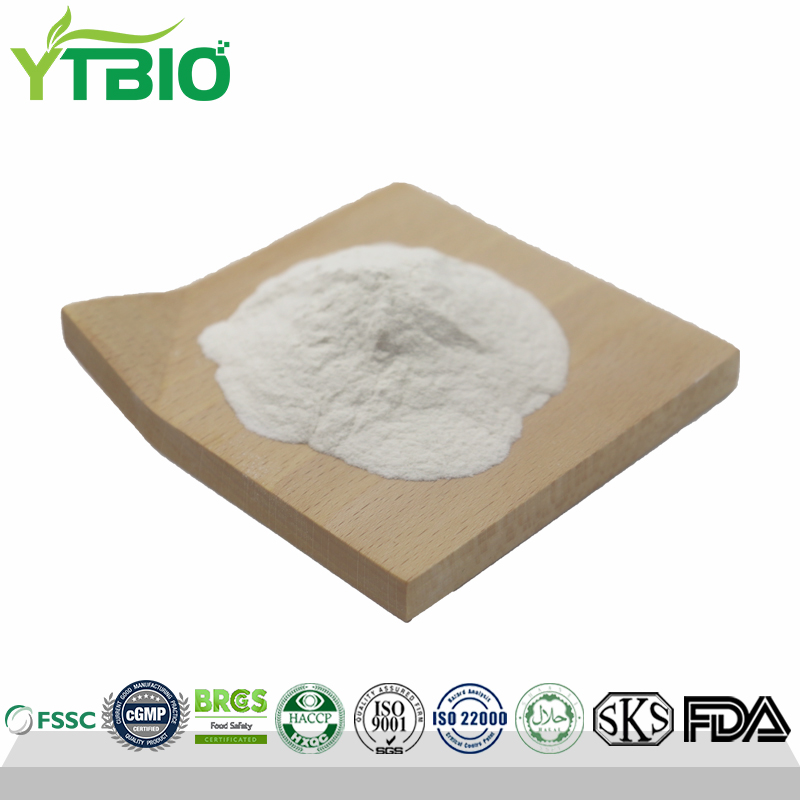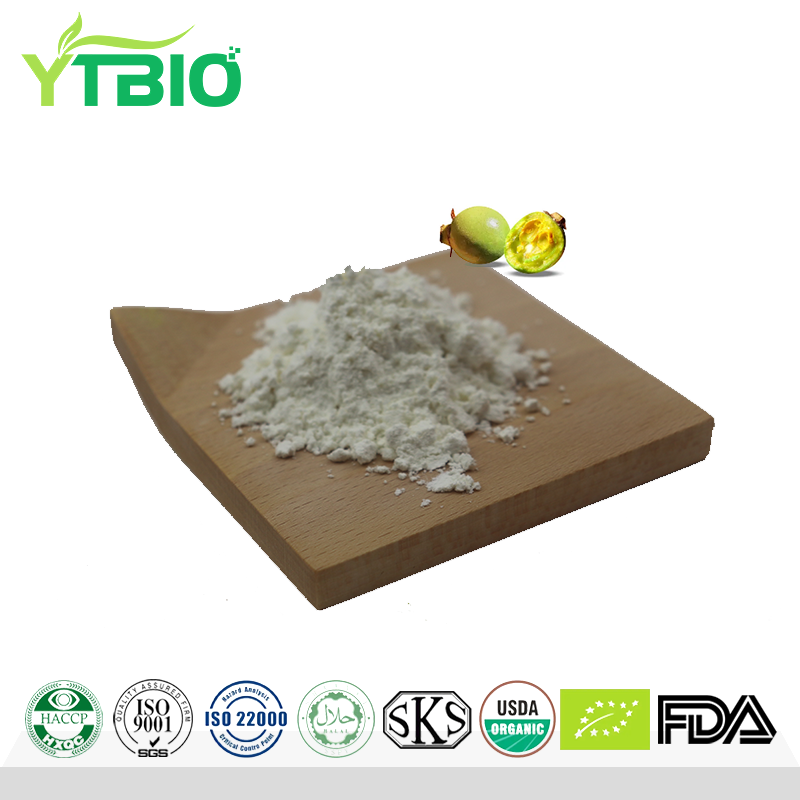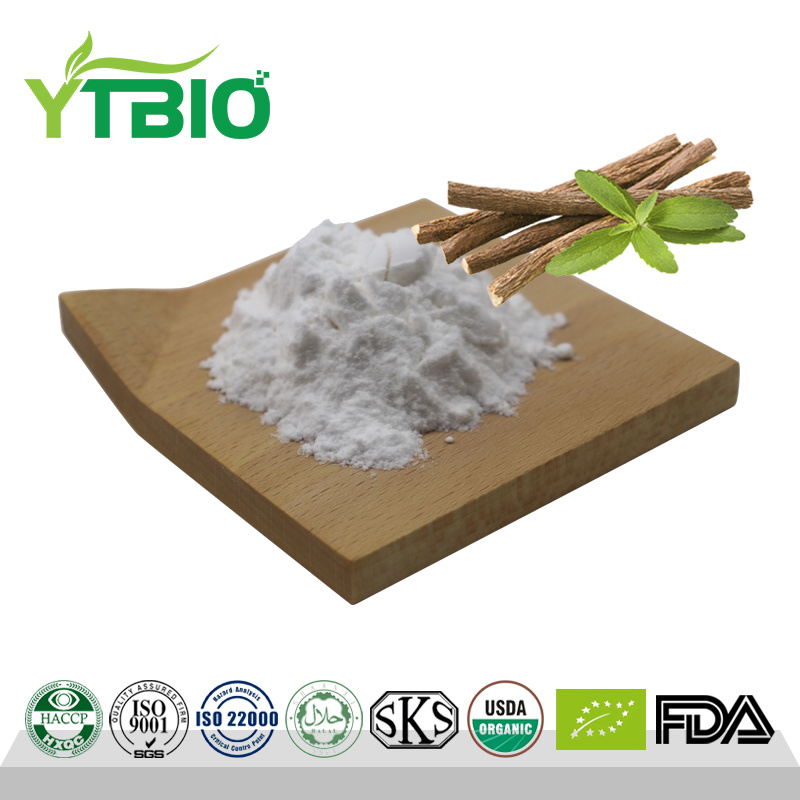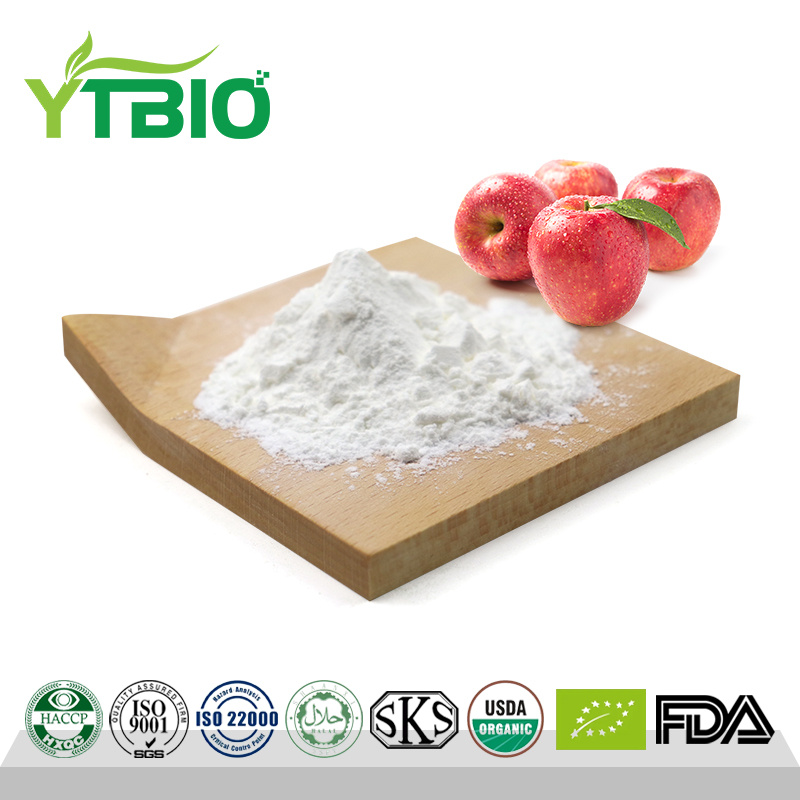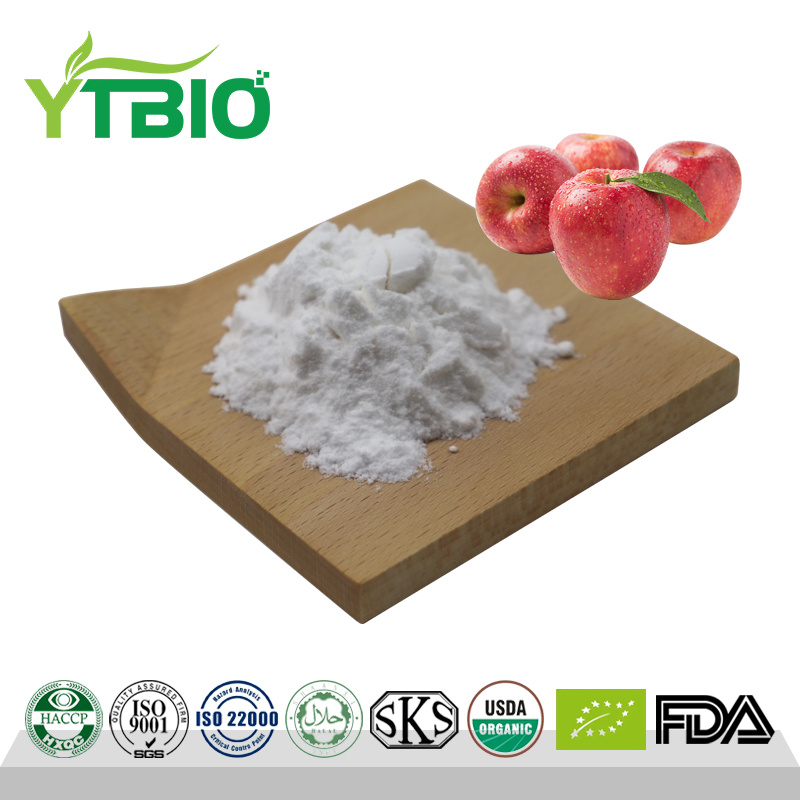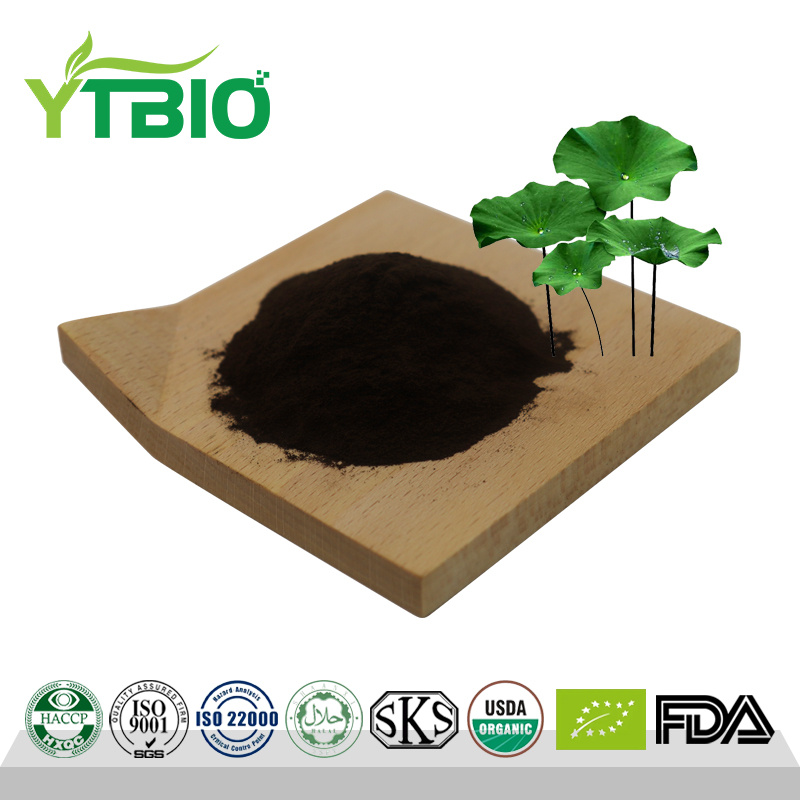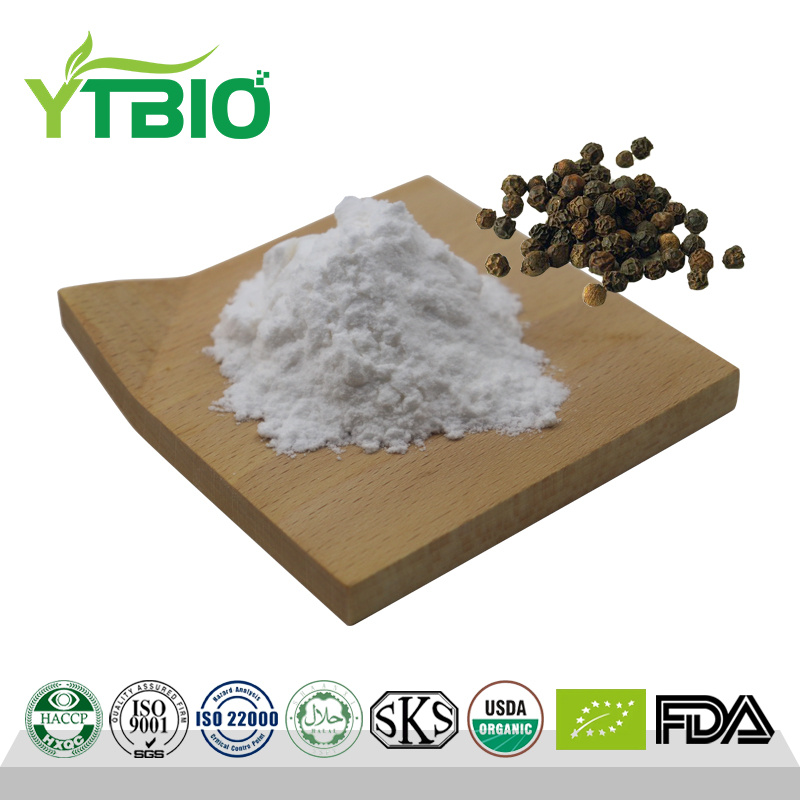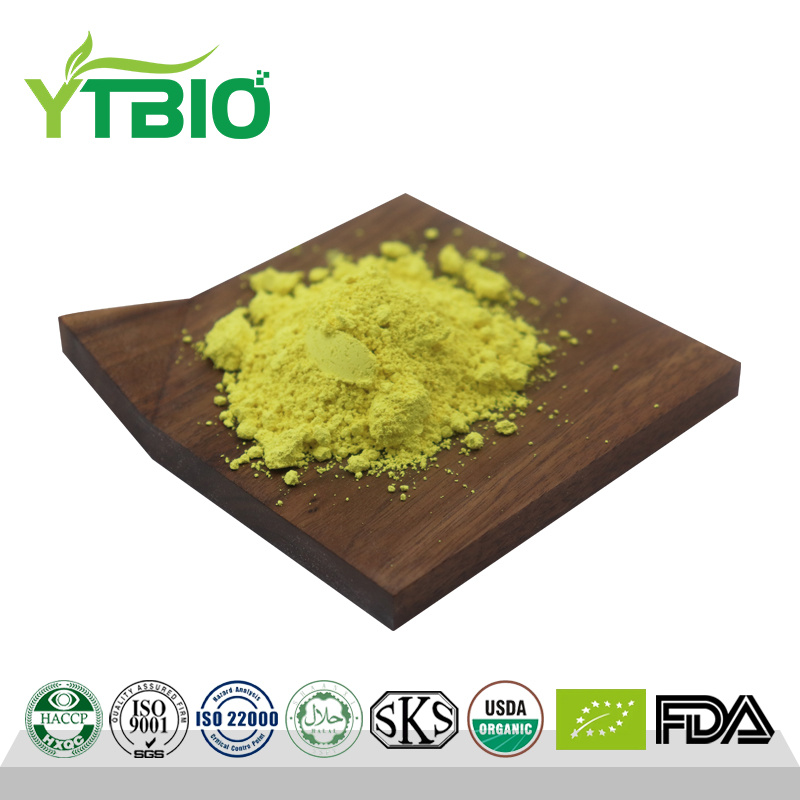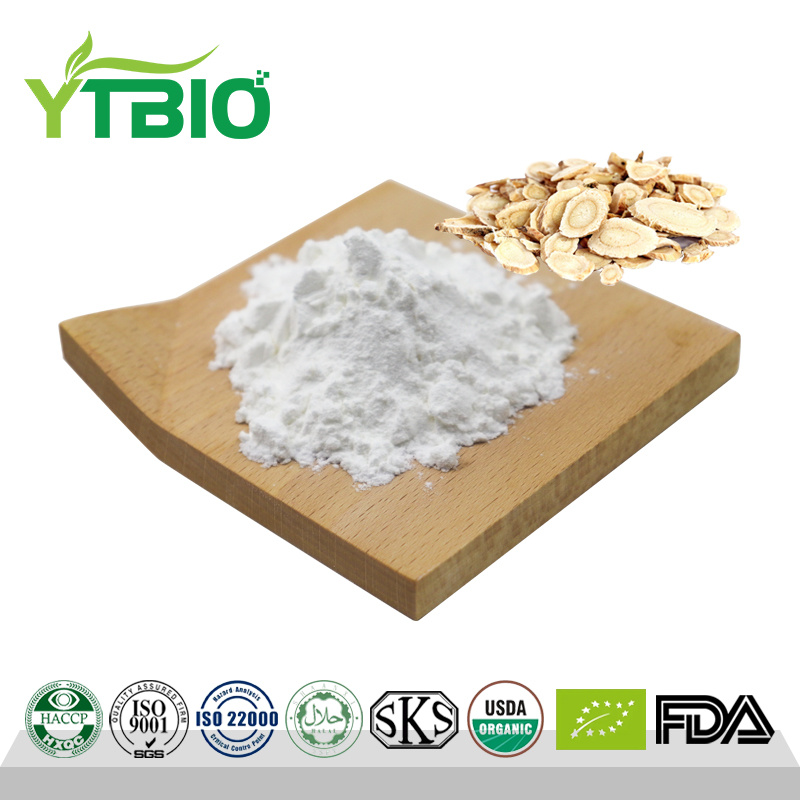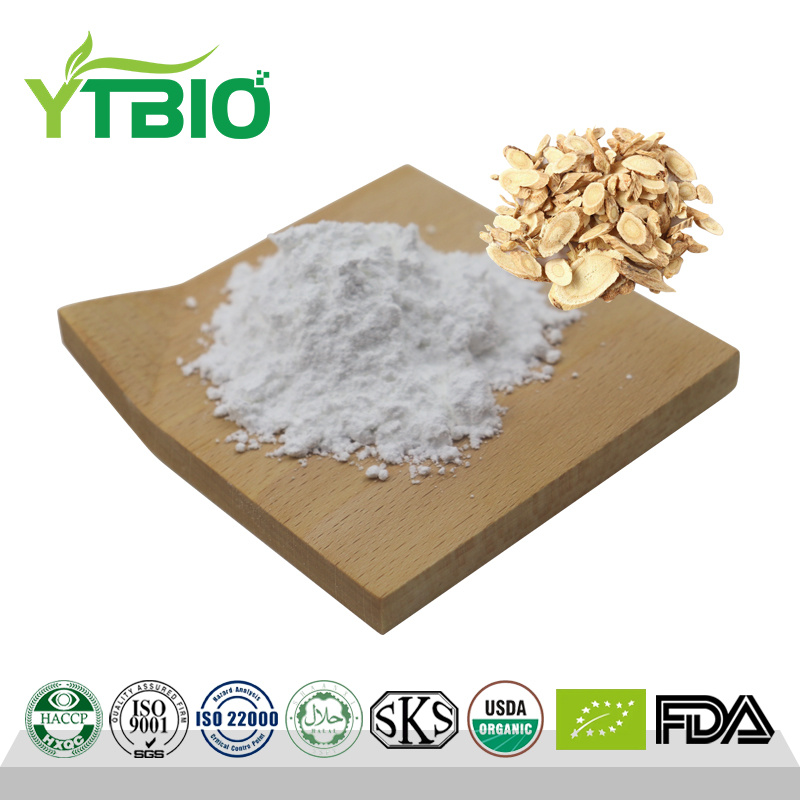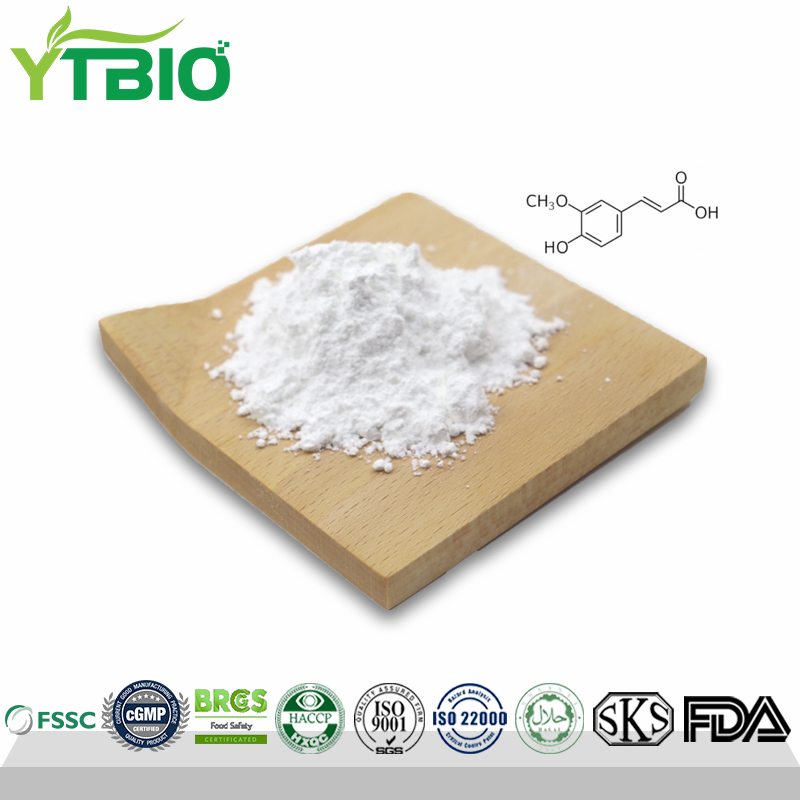1135-24-6 Ferulic Acid 98% Powder
Ferulic Acid Introduction and Features
Ferulic acid is a derivative of cinnamic acid and is essentially a plant phenolic acid. Ferulic acid rarely exists in a free state in plants. It mainly exists in combination with oligosaccharides, polyamines, lipids and polysaccharides in plants. It has many health functions, such as scavenging free radicals, anti-thrombosis, antibacterial and anti-inflammatory, etc.; and its toxicity is low, it is easy to be metabolized by the human body, and can be used as a food preservative. It has a wide range of uses in food, medicine, etc. In addition, ferulic acid also has significant whitening, sun protection, and antioxidant effects in cosmetics. It is a natural skin care ingredient with great potential.
Features
● Unique chemical structure: The molecular structure contains conjugated double bonds, phenolic hydroxyl groups and unsaturated side chains.
● Wide sources: Ferulic acid is widely present in plants in nature, such as grains, vegetables, fruits, Chinese medicinal materials, etc., and is a component of plant cell walls.
● Various forms of existence: In plants, ferulic acid rarely exists in a free state. It mainly forms combinations with oligosaccharides, polyamines, lipids and polysaccharides, such as sodium ferulate and ferulic acid esters.
● Stability: It has poor stability in aqueous solution and is easily decomposed by light, pH value and temperature.
Health Benefits of Ferulic Acid
Antiplatelet Aggregation
Ferulic acid can inhibit the release of platelet activation factor, reduce platelet adhesion and aggregation, thereby reducing the risk of thrombosis, which is of great significance for the prevention of cardiovascular diseases such as atherosclerosis, coronary heart disease, and cerebrovascular disease.
Vascular dilation
It can dilate peripheral blood vessels and cerebral blood vessels, increase blood flow in blood vessels, improve microcirculation, reduce blood viscosity, relieve symptoms such as dizziness and chest tightness caused by vascular stenosis or spasm, and improve blood perfusion of tissues and organs.
Regulate blood lipids
It can reduce serum total cholesterol and low-density lipoprotein levels. Its mechanism involves inhibiting the activity of key enzymes in cholesterol synthesis, while promoting the expression of low-density lipoprotein receptors and accelerating lipid metabolism.
Scavenging free radicals
Ferulic acid can scavenge free radicals in the body and inhibit lipid peroxidation, thereby protecting cell membrane structure, reducing oxidative stress damage to cells, helping to delay cell aging, and has a certain protective effect on the cardiovascular system and nervous system.
Enhance the activity of antioxidant enzymes
It can increase the activity of detoxification enzymes such as glutathione S-transferase (GST) and quinone reductase (QR), and enhance the resistance of cells to oxidative damage.
Reduce inflammatory response
In inflammatory diseases such as osteoarthritis, ferulic acid can reduce local symptoms of redness, swelling, heat and pain, and improve joint mobility; it also has a certain therapeutic effect on chronic inflammatory diseases such as rheumatoid arthritis and chronic hepatitis.
Promote hematopoiesis
Ferulic acid can stimulate the proliferation and differentiation of bone marrow hematopoietic stem cells, increase the levels of peripheral blood red blood cells and hemoglobin, and may have auxiliary therapeutic value for the recovery of hematopoietic function in anemic states.
Anti-radiation
Ferulic acid can reduce the apoptosis of skin and tissue cells caused by various ionizing radiation by promoting the Nrf2 signaling pathway, and has a certain effect on preventing and reducing damage caused by ionizing radiation.
Effects of Ferulic Acid on the Skin
Neutralize Free Radicals
Ferulic acid can effectively neutralize free radicals, protect the skin from oxidative damage, and delay skin aging.
Whitening and spot-lightening
Ferulic acid can inhibit the activity of tyrosinase and reduce the production of melanin, thereby lightening spots and brightening the skin.
Sunscreen
Ferulic acid can absorb ultraviolet rays in the wavelength range of 290-330nm, prevent ultraviolet damage to the skin, and has a natural sunscreen effect.
Anti-inflammatory repair
It has anti-inflammatory effects, can relieve inflammatory reactions such as skin sensitivity and redness, and promote skin repair.
Moisturizing
Ferulic acid can improve the barrier function of the skin, reduce water loss, and enhance the skin's moisturizing ability.
Anti-aging
It can promote the synthesis of collagen in the skin, increase skin elasticity, reduce wrinkles, and delay skin aging.
Antibacterial
Ferulic acid has an inhibitory effect on certain bacteria and can be used to prevent and treat skin infections.
Application Of Ferulic Acid On The Skin
Application Of Ferulic Acid On The Skin
Medicine
It has the effects of anti-platelet aggregation and vasodilation, and can be used to prevent and treat cardiovascular and cerebrovascular diseases. Its anti-inflammatory and analgesic properties can be used to relieve inflammation and pain.
Food
Antioxidant: Ferulic acid is a natural antioxidant used to extend the shelf life of food and prevent food from oxidation and deterioration.
Preservative: Its antibacterial properties can be used for food preservation to ensure food safety.
Flavor enhancer: Ferulic acid can be used to improve the flavor and taste of food.
Cosmetics
Whitening products: The whitening effect of ferulic acid makes it an important ingredient in whitening cosmetics.
Anti-aging products: Its antioxidant and collagen-promoting effects help delay skin aging.
Sunscreen products: The sunscreen properties of ferulic acid can be used to develop natural sunscreen products.
Medicine
It has the effects of anti-platelet aggregation and vasodilation, and can be used to prevent and treat cardiovascular and cerebrovascular diseases. Its anti-inflammatory and analgesic properties can be used to relieve inflammation and pain.
Food
Antioxidant: Ferulic acid is a natural antioxidant used to extend the shelf life of food and prevent food from oxidation and deterioration.
Preservative: Its antibacterial properties can be used for food preservation to ensure food safety.
Flavor enhancer: Ferulic acid can be used to improve the flavor and taste of food.
Cosmetics
Whitening products: The whitening effect of ferulic acid makes it an important ingredient in whitening cosmetics.
Anti-aging products: Its antioxidant and collagen-promoting effects help delay skin aging.
Sunscreen products: The sunscreen properties of ferulic acid can be used to develop natural sunscreen products.


